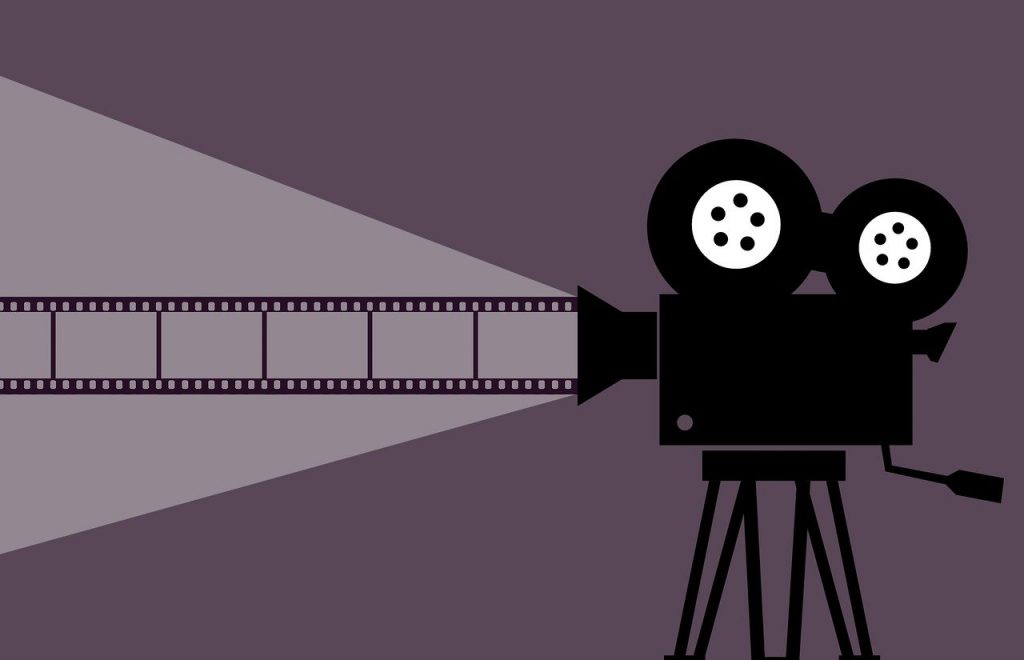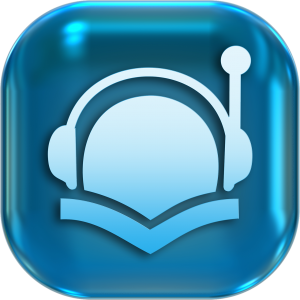Guitar Tuning Software

Keeping guitars intonated correctly is imperative for sounding melodic. But inconsistent tightening or seasonal humidity fluctuations knock strings out of tune over time requiring readjustment. Manually tweaking pitch listening repeatedly disrupts practice sessions frustratingly. Thankfully software automates tuning either using microphone pitch detection or dedicated clip-on tuners analyzing signals digitally for precision strongest playing. Some apps even calibrate entire bands simultaneously preparing flawless performances. This essay explores modern tuning software revolutionizing guitar maintenance for rookies and pros alike.
Tuning Fundamentals
Understanding guitar anatomy and string physics clarifies tuning software’s technical elegance. Headstocks house tuning machines with turning pegs winding six strings stretched tautly along fixed frets down necks setting playable length. Music emerges plucking these vibrating strings generating tones centered proportional to mass and tension physics inversely. Heavier gauges or higher tightening raises frequencies making notes sharper while loosening lowers pitches going flat. Tuning balances this spectrum, usually lowering sequentially from thinnest to thickest reaching consensus standard called concert pitch.
Temperaments deliberately offset certain pitches slightly for evenly distributed minimal dissonance accommodating compositional key changes. Equal temperament dividing octaves most commonly enables modern versatile singing without distracting beats from some intervals. Vintage styles like Pythagorean or just intonation sound purer individually but restrict keys limiting pieces playable in tune together under single fixed fret positioning. Electromagnetic pickups amplify string vibrations electrophonically before speakers push air producing final aural blast. So from mechanical foundations to amplified outputs, computers now optimize every tuning consideration digitally.
Automatic Pitch Detection
Initial guitar tuner software relied solely on microphone audio analyzing waveform oscillations to classify pitches without any physical guitar connection required. Holding notes systematically scans all six strings signaling arrows whether to tighten higher or loosen lower accordingly. Algorithms indicating exact pitches and relative closeness to target tuning reference frequencies provide intuitive guides until tones stabilize correctly with perfect green confirmation notations.
Built-in microphone latency mandates playing steady sustained notes briefly pausing changes between adjustments so software can reliably decipher clear tones from background noise. Strumming causes ambiguous discordant signal confusion. While convenient universally, microphone variability from ambient interference risks inaccuracies for precision players seeking utmost consistency show after show. Thankfully dedicated tuner pickups elegantly bypass such shortcomings.
Clip-On Tuners
Specialized tuner hardware featuring either tiny built-in microphones or magnetic pickups directly registering string vibrations clip unobtrusively onto guitar headstocks sensing signals more precisely than waggling axes blindly before computers. This allows tuning silently even amidst venue noise that could otherwise confuse readings for microphones.
Multi-colored LED positional readouts oriented correspondingly to each tuning peg provide intuitive at-a-glance references without needing to stare at screens. And dedicated frequency displays show numeric pitches down to individual cents on axes resembling classic needle gauges. Rotating pegs lights up accordingly until perfectly centered eliminating guesswork. Such tactile visual feedback feels effortlessly reactive.
Once tuned initially, some clip-ons even actively monitor ongoing drift during performances dynamically signaling alerts discretely if requiring mid-song retuning before growing egregiously out of control. Such vigilance safeguards against unwelcome surprises letting musicians confidently rock concert after concert with assurance strings stay accurate.
Custom Temperaments
Beyond fundamental tuning, alternate temperaments become accessible too optimizing certain chord changes by deliberately offsetting pitches adapting historical alternatives impossible through fixed frets alone. Software models generalized string behaviors applying selected deviations uniformly across entire fingerboards via precision tuning peg torqueing.
So respecting old-world pure major third resonances or whole-tone scales otherwise requiring custom fretwork fabrication or performance grip adaptations materialize seamlessly through programmatic microtuning models. This saves substantial luthier and learning efforts just to experiment briefly with alternate tunings especially for iterative compositions exploring atypical sounds.
Some software accepts custom tunings specifying independent string pitches. So everything from traditional dropped D to exotic open G runs become instantly trialable expanding creative possibility. Follow common alternate chord voicings or program entirely new arrangements!
Multi-Instrument Calibration
Tuning consistency across guitars, bass and even drums in bands proves vital minimizing intrapersonal dissonance that muddles coherence when performing together simultaneously. Rather than tuning locally, dedicated wireless calibration devices simultaneously analyze multiple instruments broadcasting feedback globally until everything harmonizes unanimously.
LED colors confirm when each instrument converges correctly with master reference tone. This ensures every member sounds harmonically united before taking stage rather than trying fixing inevitable drifts mid-show, which risks distracting audiences attention. So powerful tuning software secures performances from the very first note as solidly unified music rather than loosely colliding recordings risking clashing cacophony.
Self-Tuning Automation
Finally at the bleeding edge, automated self-tuning bridges and locking tuners eliminate tuning labor altogether using robotics! Built-in stepper motors gently tighten strings incrementally between songs until electromagnetically sensing peak accuracy. This constant transparency means performers simply strum as stylistically wildly as desired without concern for precision consistency. Guitars tweak themselves on the fly by intelligently sampling noise and evaluating tension continually through each performance adapting reliably to spontaneous technique shifts show after show.
Some newly manufactured instruments ship preinstalled with such wizardry built right in ready for hassle-free maintenance. But converting existing guitars remains possible too by retrofitting automated upgrade kits findable online for many popular models. Savvy tinkerers fond of soldering might even venture custom installations onto vintage favorites using available DIY instructions. This modifies instruments digitally despite analogue legacies.
So intelligent tuning software has permeated the entire guitar lifecycle from practice preparation through onstage performance and even futuristic robotic self correction in the name of musical purity. Digital harmony triumphs!
Conclusion In summary, tuning stability is foundational for both learners practicing cleanly plus performing musicians mastering instruments reliably show after show. Software innovations across microphone audio pitch detection, clip-on tuner pickups and multi-tool wireless calibration harness digital precision scaling acoustic instruments into mathematically verified consistency. Furthermore, alternate temperament presets expand creative possibility through tunable experimentation otherwise impossible physically. And novel self-tuning hardware automates tedious maintenance continually perfecting intonation autonomously show after show. When digitally amplified distortion pushes guitar noise floors already, keeping original signals pristinely pitchedoptimizes clarity listeners crave. So embrace software unlocking guitars from the bondage of mechanical aging and instability plaguing previous generations for centuries. The future sounds accurately in tune powered by computational harmonics!








